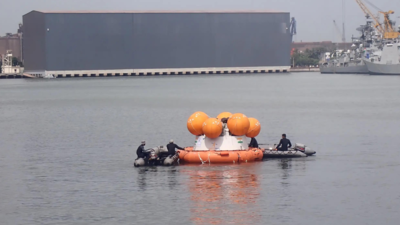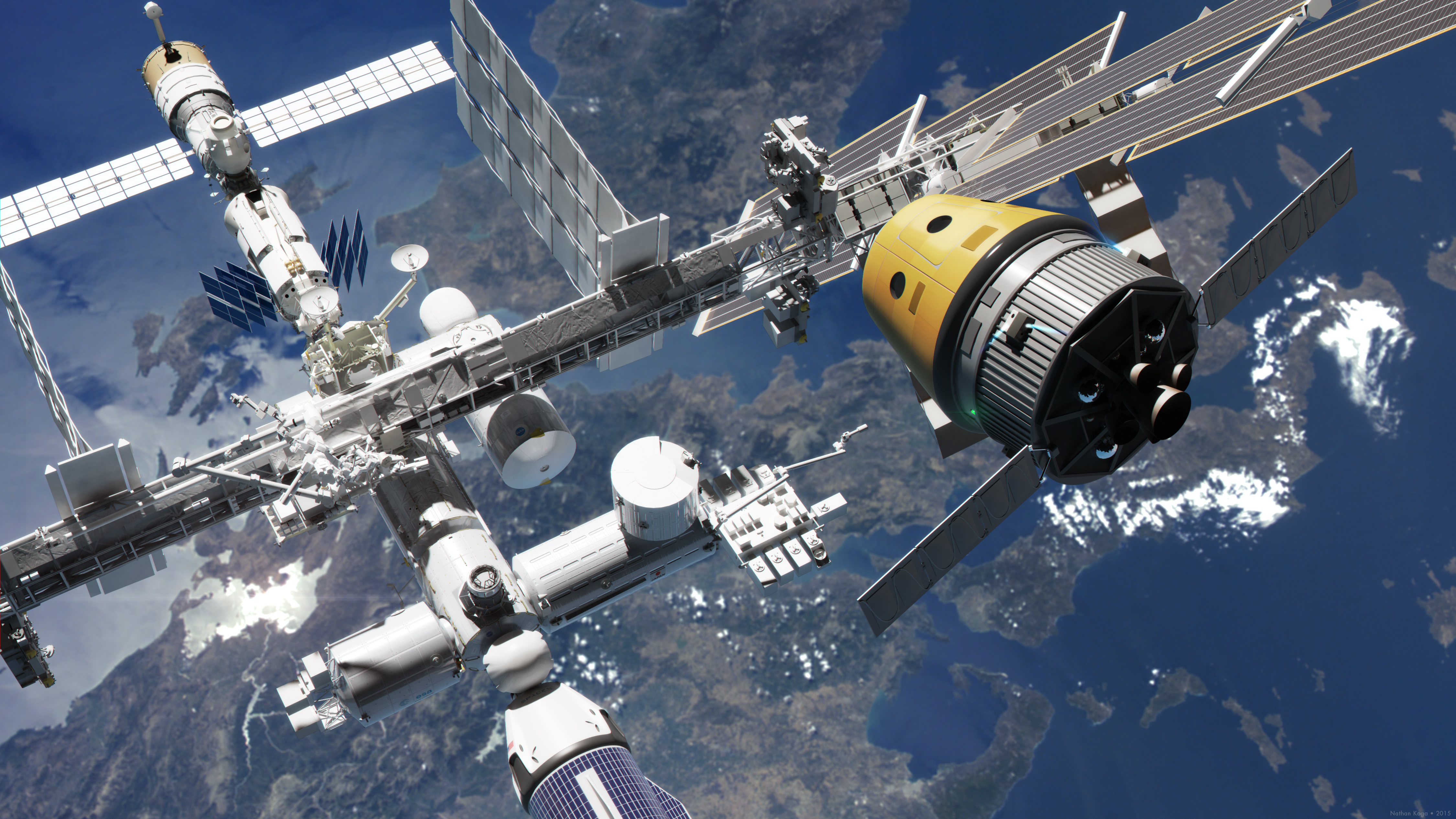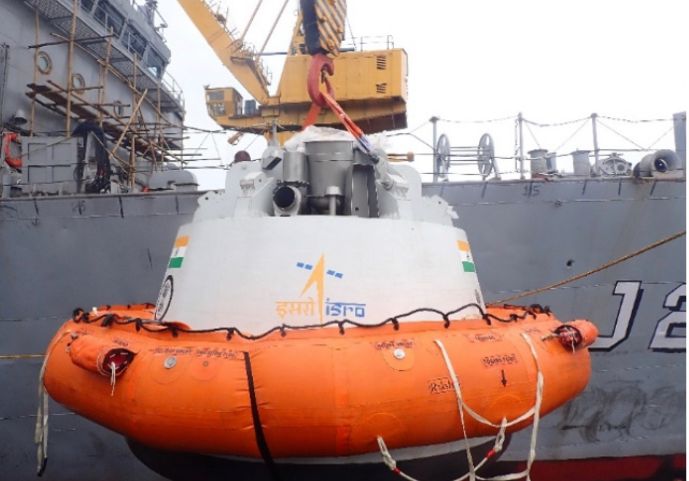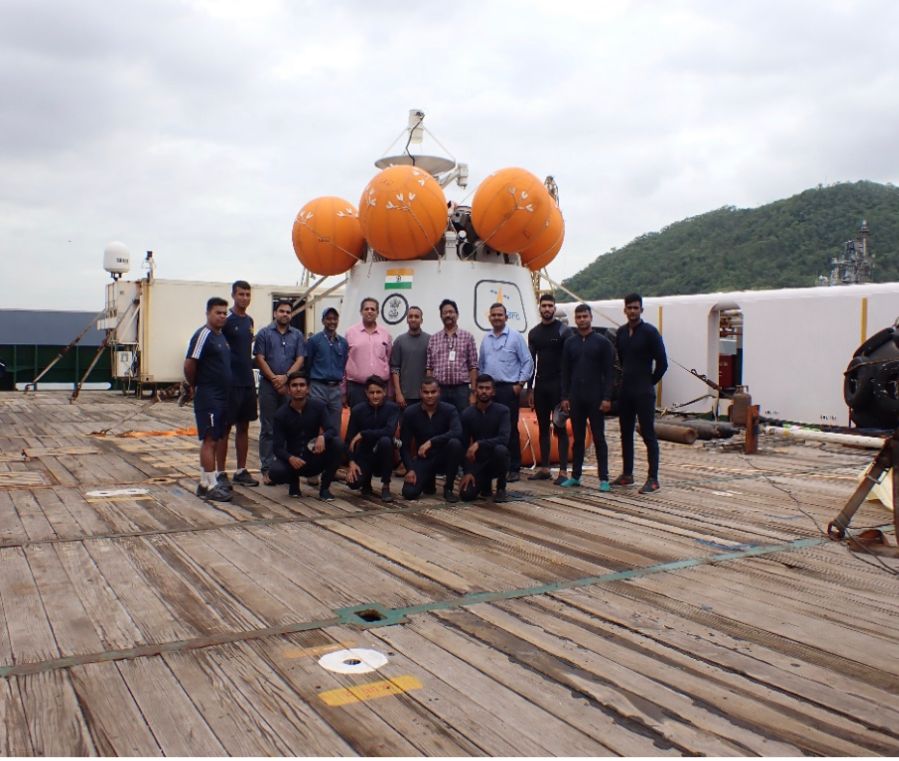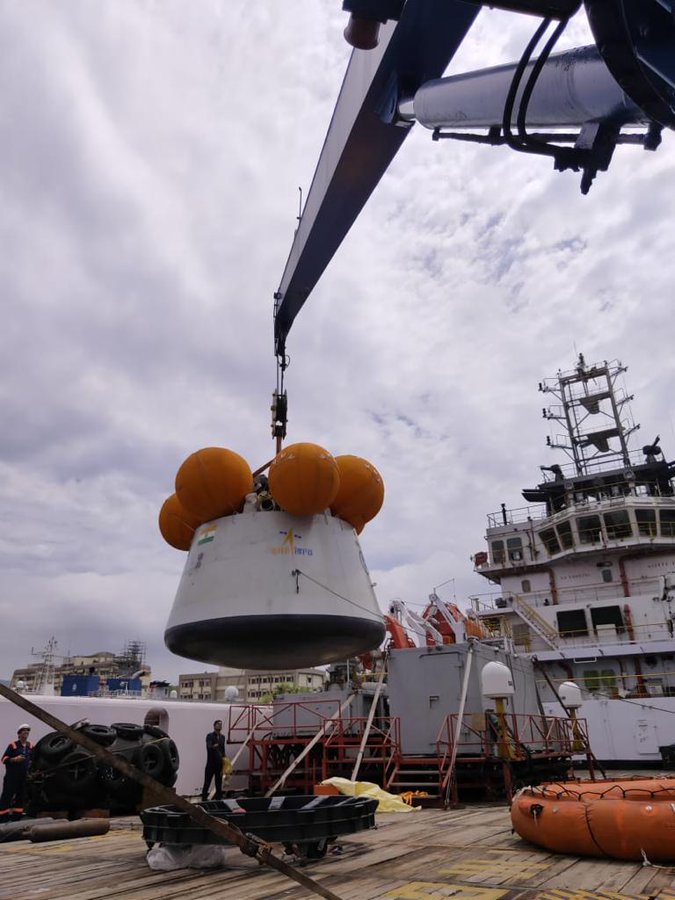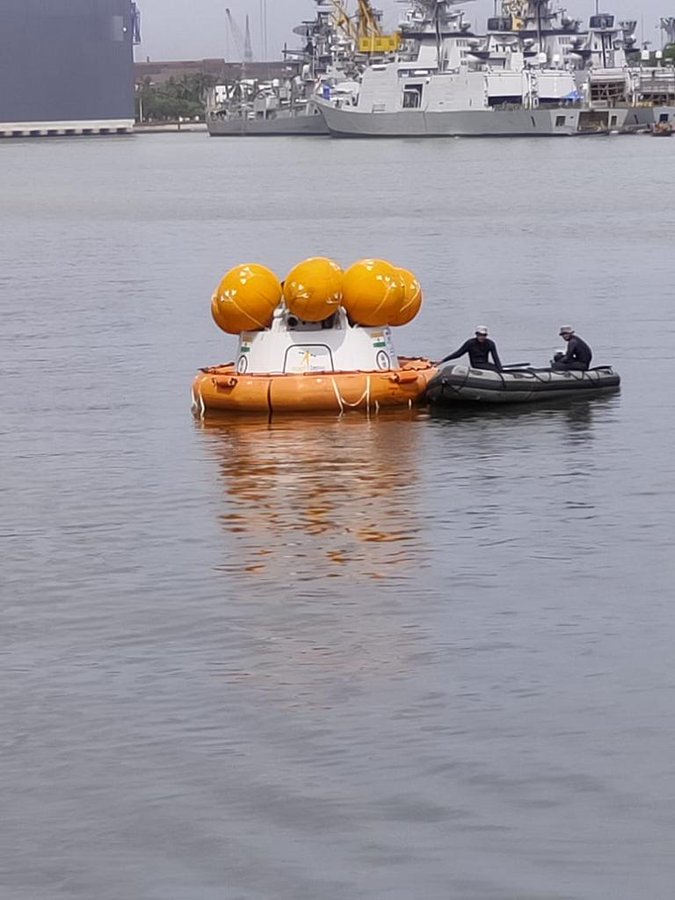sanman wrote: ↑15 Jul 2023 06:59
Lockheed-Martin's subsidiary Voyager has apparently signed a MoU with ISRO to make use of its Gaganyaan crewed flight capability to send astronauts to Starlab (Voyager's space station):
I think the above is enabled due to Artemis accord. Coming to think about it, a sustained space exploration can happen only by collaborative-competitive aspect. Like "Coop-etition", a portmanteau of Cooperation-Competition.
For example, Arianne/ESA does not have any heavy lift capability left until Ariane 6 comes online and since Ariane 5 is now retired. Of course ESA will look at NASA and US private operators like SpaceX/Delta etc. Similarly the US operators both private and public will want additional payload capacity and similarly ISRO will want to use NASA deep space network etc. For example, once C3 makes it to Moon, ISRO will have two observation platforms plug'ed into ISRO's communication network that can help all future missions to moon (till of course the moon-sats retire).
sanman wrote:
disha, China has now also become the first country to launch a methane-lox rocket to space:
Yes, congratulations to them and a major achievement. We have been running around semi-cryo like a dog chasing its own tail since last 20 years. We developed and flew two seemingly more complex LOH-LOX cryo engine in that time. I say "seemingly", since it is complex, but in two decades we mastered two different cryo- stages (engines, stage, development flights, op flights, infrastructure) and the semi-cryo is still having hiccups on the test stand.
It was very evident, once we mastered cryo-, the next step would be to:
* look at similar cryo- like MethoLox
OR not at all explore similar cryo but...
* ... scale up the existing ones.
Since Semi-cryo (with Isrosene etc) is a specialized process it was bound to have severe hurdles. The issue is not with technology, but with chemistry.
First we went through signing an agreement with Ukraine of all places, 2 decades back that too. That was wrong, because we were not going to get "technology transfer" and we already had a path into Cryo- via GSLV Mk1.
Then we went and signed a deal with Roscosmos. To test SCE200 in Russia while our own test stand was being built. Then we went back to Ukraine to test critical components.
In effect, ISRO was muddling around without a clear cut plan for the future. I can only say, let it muddle along SCE. That will be throwing good money behind bad instead of walking away from a bad investment.
Now news comes that ISRO has developed a metholox demonstrator engine of 200kN and plans to go for 5MN (5 Mega Newton) engine. And the 200kN came in record time. Why was this not picked up 10 years back? Even now they should go forward and operationalize the 200 kN metholox engine.
Anyway, from my perspective, ISRO must
* Develop 2-5 mN Metholox Engines
* Develop 70-140 kN variable thrust, 200 kN to 2-5 mN cryo- engines of various types, GG/Staged-Combustion/Expander etc.
* Restartable upto several times Metholox/Cryo- engines
* Reusable metholox/cryo- stages.
* Indian private sector can pick up small scale engines like metholox/LOH/LOX 2-5 kN restartable electric motor driven engines.
ISRO has the technical manpower and the budget to go full fledge on the above. Just get rid of the useless SCE program.
Once we have the engine building blocks and standardized (since its either LOH/LOX or LOX/CH4) engines and stages and the infrastructure to go for it, ISRO can start doing plug and play.
ISRO has already developed a remarkable lead in solid-boosters. So pairing with solid boosters with above building blocks on a "factory" mode will make India an unbeatable space power.

